SPECworkstation 3.0.2 Storage Benchmark
SPECworstation benchmark is an excellent benchmark to test systems using workstation-type workloads. In this test, we only ran the Storage component, which is fifteen separate tests.
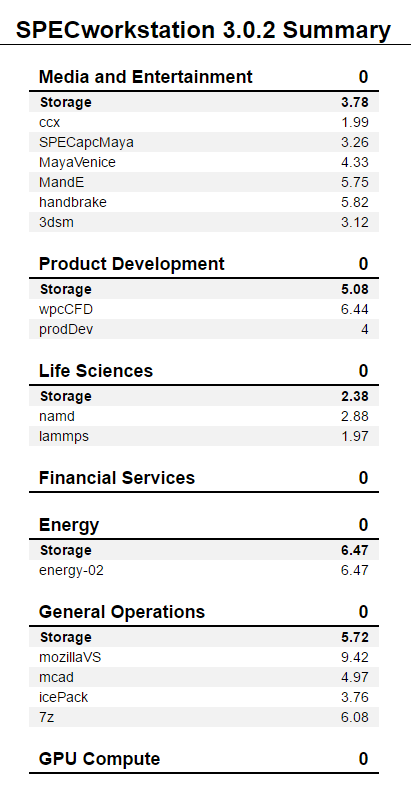
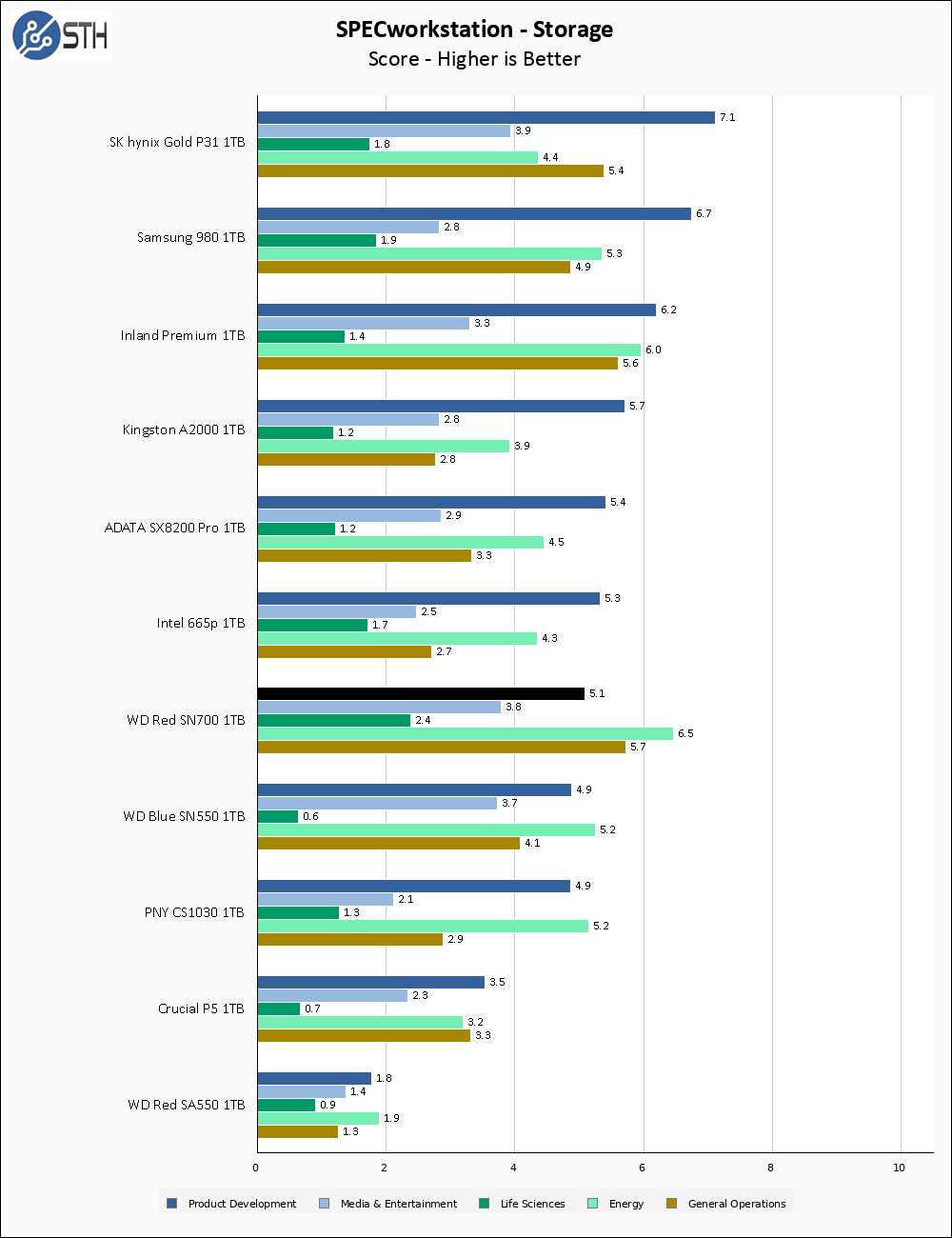
SPECworkstation performance is great. The WD Red SN700 is chart-topping for Life Science, Energy, and General Operations testing, nearly so for Media, and still competitive for Product Development. If our chart was sorted by any metric other than Product Development the SN700 would be at the top.
Sustained Write Performance
This is not necessarily a benchmark, so much as trying to catch the post-cache write speed of the drive. While I am filling the drive with data to the 85% mark with 10 simultaneous write threads, I monitor the drive for the write performance to dip to the lowest steady point and grab a screenshot.
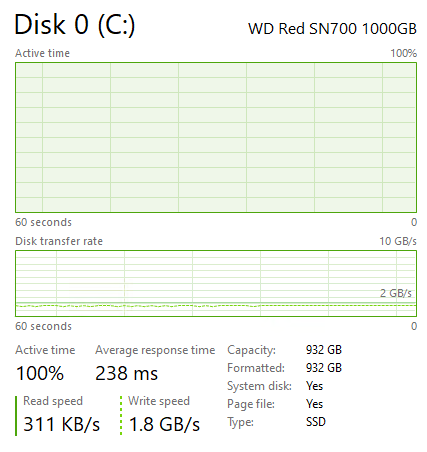
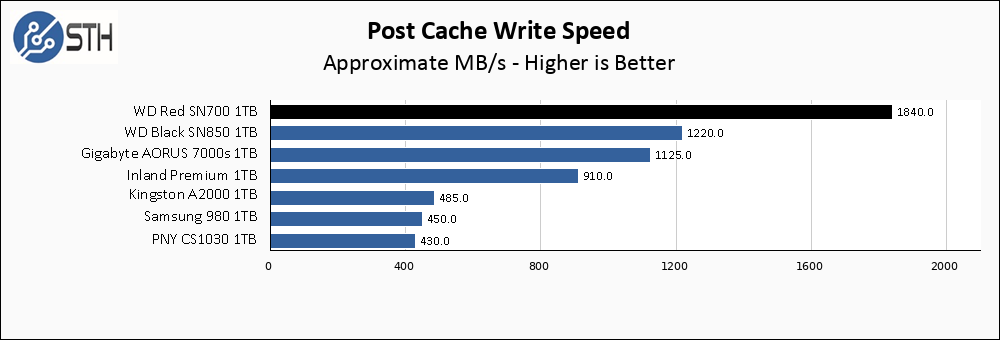
Post-cache write speed on the WD Red SN700 is excellent. The only drives even approaching the SN700 are PCIe 4.0 drives like WD’s SN850 and Gigabyte’s 7000s. Even when compared to those, the SN700 leaves them in the dust.
Temperatures
We monitored the idle and maximum temperature during testing with HWMonitor to get some idea of the thermal performance and requirements of the drive. Please keep in mind that our test bench is an open frame chassis in a 22C room, but with no direct airflow. As a result, this is not representative of a cramped low airflow case and is instead intended to model temperatures of a drive ‘on its own’.

The WD Red SN700 1TB runs hot, very hot. During my thermal test the drive reached 80C, at which point I was a bit worried about the drive and pointed a fan at it. You will want a heatsink or some ventilation if this drive is going to be under heavy load.
A note to readers; benchmark testing was performed without the fan; it was only during this initial load that I use for thermal testing that the drive reached these extreme temperatures, and I did not want the presence of different airflow to influence the rest of my results.
Final Words
Today the WD Red SN700 1TB is $145 on Amazon; that price point is at a premium versus competing high-end PCIe 3.0 SSDs like the SK hynix Gold P31 at $120 and the Samsung 980 at $110. On the other hand, for a cache drive where write performance consistency and durability are highly valuable traits, and the SN700 delivers on both fronts handsomely.
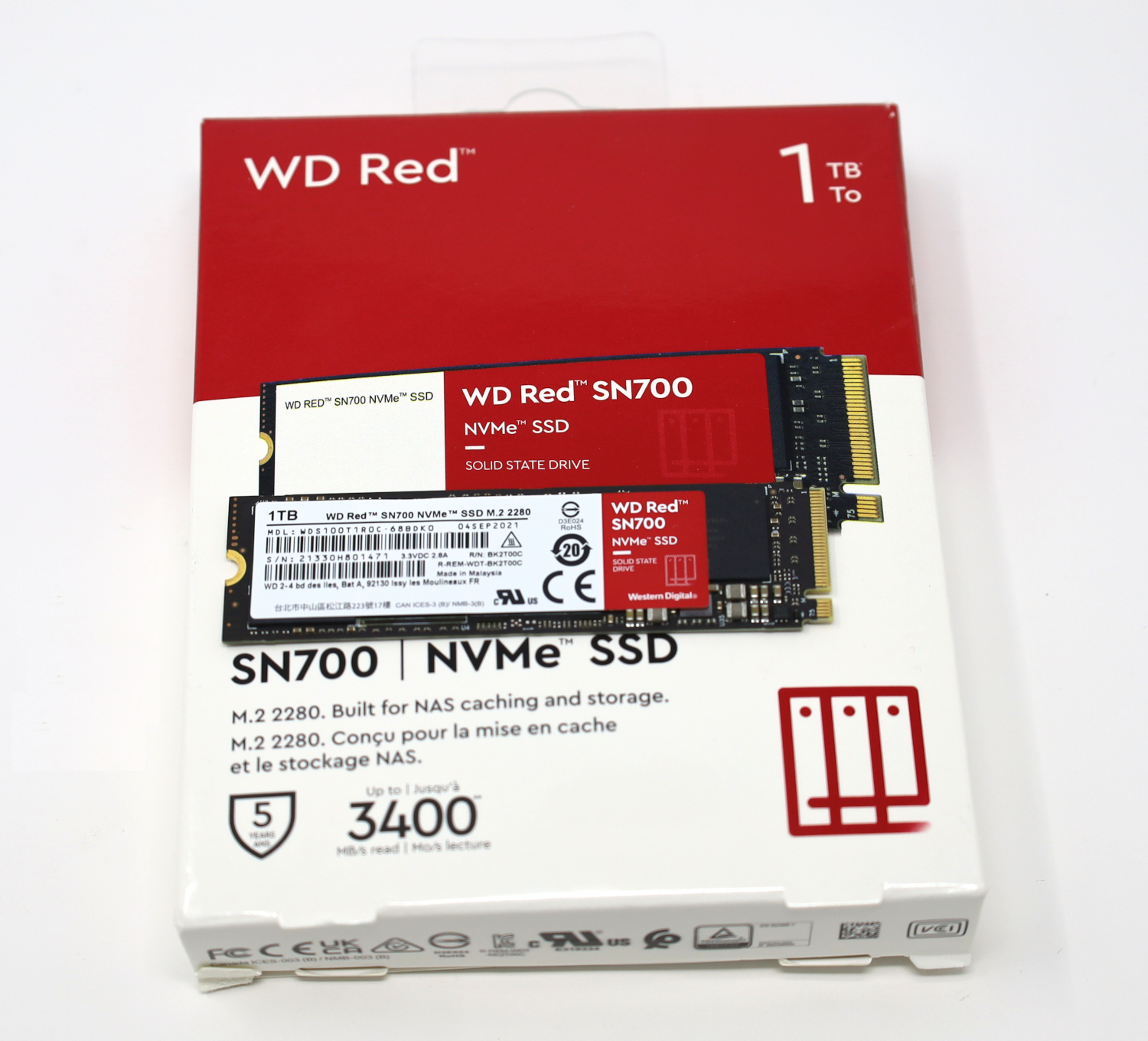
At the time of review, I criticized the WD Red SA500 drive for being “a standard consumer SSD that has just been given a coat of Red paint”, and I am glad to report that the SN700 has done enough to avoid that kind of criticism. The SA700 has the highest post-cache write speed of any drive I have tested aside from Optane, along with generous rated endurance, and is delivered at a reasonable price premium over regular PCIe 3.0 SSDs. If your NAS takes a NVMe SSD for cache and you are in the market, the WD Red SN700 1TB looks to be a great option.




How about testing SSD @STH with fio@linux?
Windows could be to slow for modern SSDs, and nobody needs the fastest SSDs with windows.
Very interesting product.
but MAN that runs hot. and it only lists 70C as the max operating temp on the data sheet. That’s worrisome, especially if it’s in a cramped NAS.
I paid same amount of a regular pcie 3.0 on a PNY XLR8 CS3040 which is pcie 4.0.
The write and read speeds I got to reach 3500MB each on benchmark.
My system is an i5 8600k with z370i asus strix, which is pcie 3.0. The results are amazing for the price. I paid R$1490,00 on the cs3040 2tb version.